13 ways the material that you've never heard of is going to change the world
An end to global water scarcity

Better oil spill mops
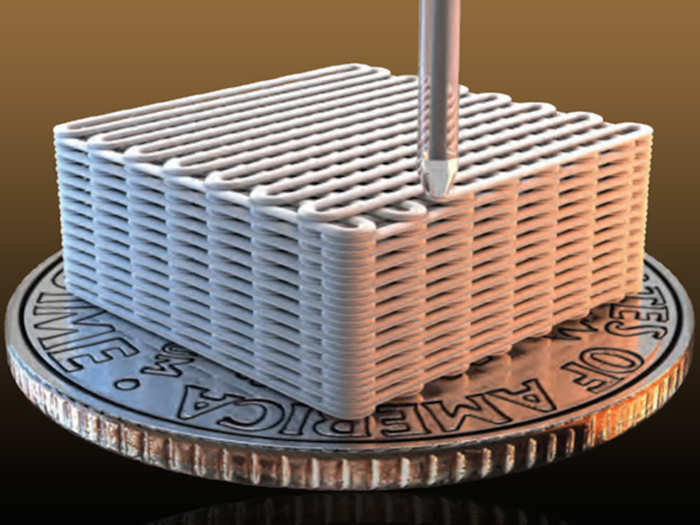
This April, researchers at Lawrence Livermore National Laboratory reported that they had developed a revolutionary way to manufacture graphene through 3D printing. What you see on your right is a 3D-printed graphene aero-gel sitting atop a dime for scale.
Aero-gels are made of mostly air, which makes them highly absorbent. Therefore they could be used as a quick new way of cleaning up oil spills. In 2013, Chinese material scientists said that they had produced a graphene aero-gel that could absorb up to 900 times its own weight in oil. Not only that, the same aero-gel could be used, squeezed dry, and reused numerous times.
Faster, cheaper computers
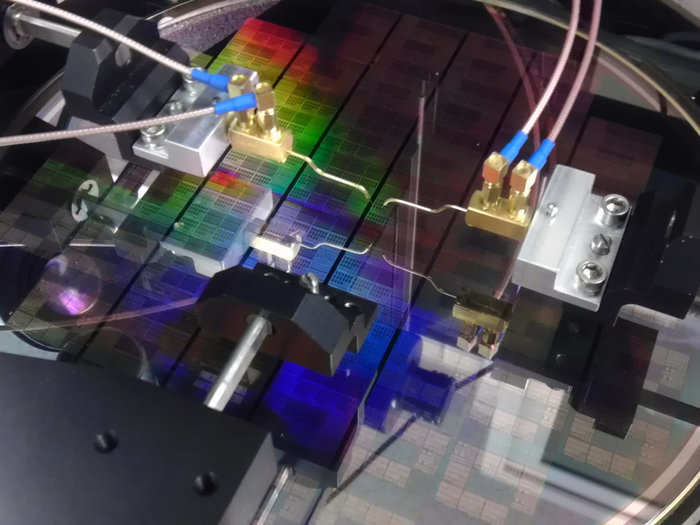
When graphene's electrical conductivity was first discovered, there were hopeful whispers that graphene could replace silicon chips in today's computers — a change that could usher in a new era of cheaper, faster, super-efficient electronics.
But more than 10 years later, we're still using silicon-based chips because scientists have yet to find a way to control the electrical current across a graphene chip — a crucial feature in running computers' integrated circuits.
In January of last year, researchers at IBM announced a major breakthrough in this field: They designed and built an integrated circuit made of graphene (pictured above). For the first time, the machine performed comparable to silicon technology, IBM reported in a press release. Shortly after this first announcement, IBM announced that they were pledging another $3 billion to continue researching ways to make faster, cheaper computer chips with graphene and other materials.
More pleasure with super-thin condoms

In 2013, the Bill and Melinda Gates Foundation gave the researchers at the University of Manchester $100,000 to develop a thinner, stronger, more comfortable graphene condom.
In addition to being incredibly thin and strong, graphene can also conduct heat extremely well. That means a graphene condom be not only more reliable, but could also quickly adjust to one's body temperature — making the overall experience of wearing one more pleasurable.
Super fast, efficient batteries

One of graphene's most-promising properties is its ability to efficiently conduct electricity. This feature has incredible promise for a new type of reusable battery, called a supercapacitor, that can store more energy and recharge more quickly than anything available today.
Instead of taking hours to charge your smartphone, it would take seconds. But phones are just the beginning.
In August 2014, Elon Musk's automotive and energy storage company Tesla Motors were reportedly exploring these types of graphene batteries to produce a battery-powered car that could last for 500 miles on a single charge — twice as far as their critically acclaimed all-electric Model S sedan.
Foldable, flexible electronics

One of the reasons Tesla is not sporting cars powered with graphene batteries yet has to do with the biggest problem concerning graphene: It's incredibly difficult, time-consuming, and expensive to make.
One of the most promising advances in speeding up the production process is by mixing graphite — the widely available material that pencil led is made of — with other substances using a process called doping. The result is a liquid that you then transform from a graphite cocktail into a graphene-based material.
One way to do this is by exposing the liquid to a laser, like researchers at UCLA did in February 2013 to quickly produce a graphene-based supercapacitor that could charge and discharge a hundred to a thousand times faster than standard batteries. (There's even a video of how it's done, and how you can do it at home!)
These liquid graphite mixtures are sometimes called graphene ink, which have a number of other applications including printable, flexible electronics that are thin enough to fold, roll, and crumple without breakage. In fact, you can purchase three-quarters of a cup of this stuff for just $175. These inks are usually purchased by researchers, but they're available to anyone.
Longer-lasting light bulbs
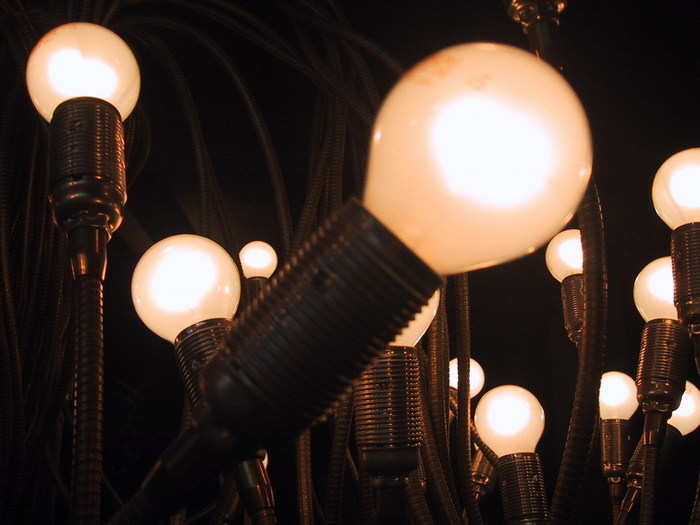
In March of this year, scientists at the University of Manchester and a company called Graphene Lighting announced that they had designed a graphene light bulb. The scientists took a regular light-emitting diode, or LED, and painted a layer of graphene over it.
Because graphene is great at conducting electricity, the scientists report that the bulb could be 10% more efficient and last longer than LEDs currently on the market. These graphene bulbs should be available for purchase in the next few months.
Durable bionics
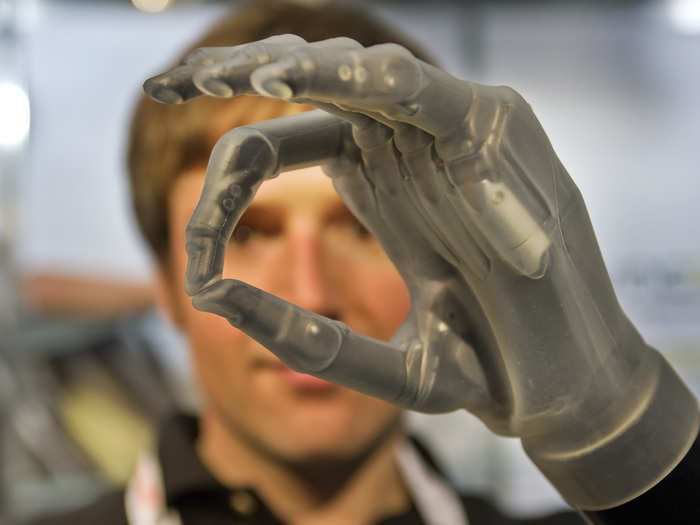
It's hard to imagine how debilitating losing an arm or leg could be until it happens. Prosthetics can help, but they're not a perfect substitute by any stretch of the imagination.
Electronic prosthetics, called bionics, are revolutionizing the medical field, giving patients more and better mobility than ever before, and graphene could play crucial role in the future of these devices.
In theory, doctors could use graphene to conduct electricity between human cells (which are electrically charged) and bionics, allowing a person to control a bionic arm with their mind. Additionally, graphene doesn't appear to interact with blood or other bodily fluids, meaning it could potentially remain safely inside the body for extended periods of time.
Stronger, lighter, bullet-proof vests

By now, you know that graphene is strong, but just how strong?
Last year, a team put graphene to the test by firing tiny, gold bullets traveling three-times faster than bullets out of an AK-47 assault rifle.
The graphene did not disappoint. In the test, it performed twice as well as Kevlar, the traditional material used in bullet-proof vests. How graphene could be used as a type of armor or shield for police and soldiers is still unclear, but the team's results give a promising look at yet another fascinating quality of this wonder material.
Unbreakable smartphone screens
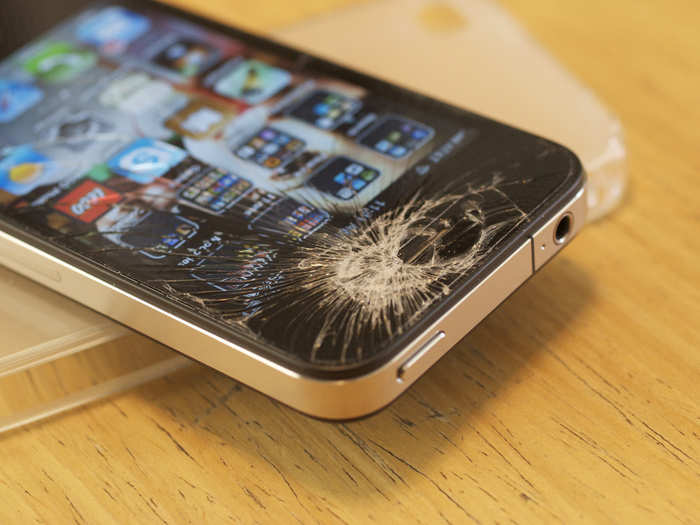
Either you or someone you know has at one point in time carried around a smartphone with an ugly, irritatingly cracked screen. Those unseemly spider-web marks could be a thing of the past with the help of graphene.
There a number of reasons graphene is an ideal fit: it's transparent, lightweight, electrically conductive, strong, and, perhaps most importantly, pliable. In fact, graphene is one of the most pliable materials in the world — in part because it is so thin. A single ounce of graphene could cover 28 football fields.
Super-efficient fuel cells

Part of graphene's charm is that the more scientists study it, the more intriguing properties they discover. For example, in November 2014, a team of scientists, led by the founder of graphene Andre Geim at the University of Manchester, discovered that graphene will allow protons to pass through it — a property that could revolutionize fuel cells.
Companies like Hyundai, Honda, and Toyota are developing cars with fuel cell engines because they run on hydrogen gas, which burns cleaner than gasoline, making it better for the environment.
The problem, however, is that fuel cells are not extremely efficient: The proton-conducting membranes that are a crucial part of this technology allow gas to leak out. Graphene could be the solution to this problem because it could conduct protons better than current membranes, reducing leakage.
Wearable electronics
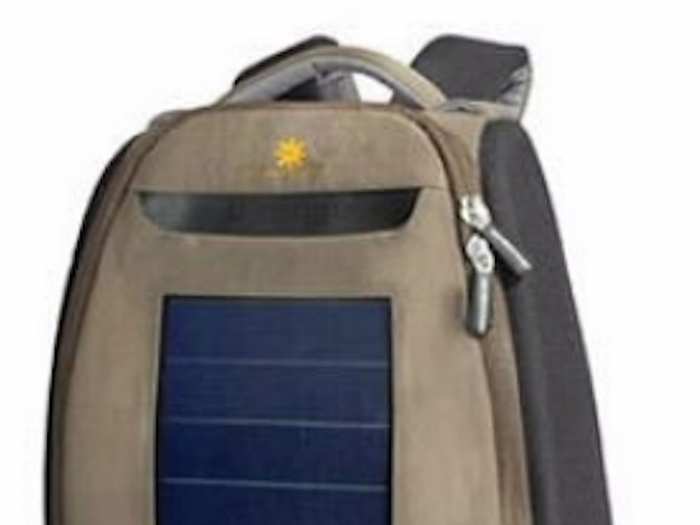
Despite their small, compact size, phones can still sometimes be a hassle to carry around. But what if the sleeve on your shirt was your phone? That's the idea behind a series of wearable electronics that basically turns any material into a device. Imagine a backpacks or shirt that's also an iPad, for example.
This May, a team of international scientists announced that they'd developed a novel technique to embed graphene electrodes into polypropylene fibers — a popular fiber in fabrics. This development marks the first time anyone has ever successfully embedded an electrode in a yarn, one of the scientists said in a press release.
Faster, better methods of de-icing air planes

Ice can lead to plane crashes, and one of the most common methods to de-ice a plane is by spraying a chemical mixture onto the plane before take off. While these chemicals prevent ice buildup on the tail and wings, they are heavy, which slows the plane down, and not always eco-friendly.
While some companies are developing safer chemical mixtures, a Swedish aircraft manufacturer, Saab AB, thinks graphene could be a better solution. In February 2013, they filed a patent for developing a graphene-based layer that would be mixed with a polymer resin and permanently painted onto the plane.
The resulting mix would provide a tight, electrical jacket for the entire plane that would prevent the plane from getting covered with ice by passing an electrical current through the jacket that would heat the surface and melt the ice. Plus, the mix would be lightweight, eco-friendly, and last longer than current anti-ice fluids.
While graphene will change our lives on Earth, NASA's ferocious new rocket will change our lives in space. Check out:

Popular Right Now
Popular Keywords
Advertisement